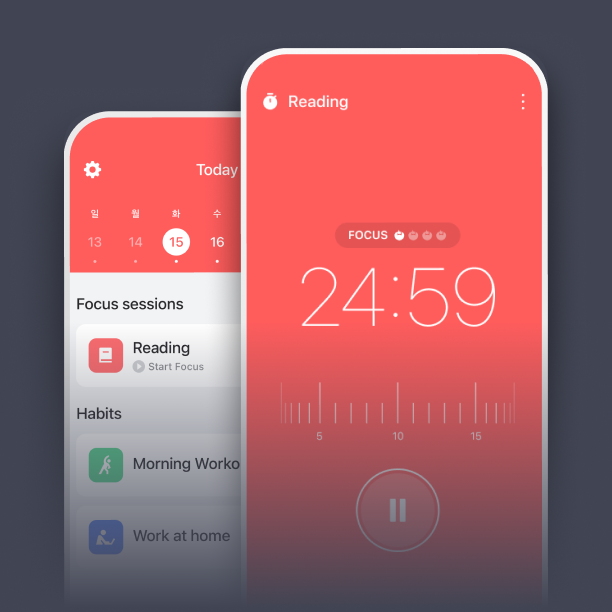What is single-tasking strategies?

What is single-tasking strategies?
In today’s fast-paced world, where juggling multiple tasks feels like the norm, the concept of single-tasking strategies emerges as a breath of fresh air. Imagine being able to focus deeply on one thing at a time and actually finishing it! Single-tasking isn’t just a productivity hack; it’s a way to reclaim your time and mental clarity. By dedicating your attention to a single task, you can enhance your efficiency, reduce stress, and enjoy a sense of accomplishment. Let’s explore this empowering approach together.
Understanding Single-Tasking
Single-tasking refers to the practice of concentrating on one task at a time rather than attempting to multitask. Unlike multitasking, which divides your attention and often leads to mistakes and lowered productivity, single-tasking allows for deeper engagement with your work. When you focus on one thing, your brain can dedicate all its resources to that task, resulting in higher quality outcomes.
The Science of Focus
Research has shown that our brains are not wired for multitasking. A study by the American Psychological Association found that multitasking can decrease productivity by as much as 40%. Essentially, when we try to juggle several tasks, we waste time switching gears instead of making real progress. On the other hand, studies indicate that focusing on a single task can lead to more effective learning and retention. By concentrating our efforts, we can harness a greater cognitive load, allowing for improved memory and problem-solving skills.
Cognitive Benefits of Single-Tasking
The benefits of single-tasking extend beyond mere productivity; they significantly enhance cognitive function. By honing in on one task, you can improve your memory and increase your problem-solving skills. When your mind isn’t cluttered with distractions, you might find yourself thinking more clearly and creatively. This is especially crucial in work environments where complex problem-solving is needed. Incorporating single-tasking strategies can elevate your overall performance.
Implementing Single-Tasking Strategies
Adopting single-tasking requires intention and a few practical strategies. Here are some effective ways to implement single-tasking in your daily life.
Creating a Single-Tasking Environment
One of the first steps to successful single-tasking is creating a conducive workspace. Start by decluttering your physical space. A tidy desk free from distractions makes it easier to focus. In addition to this, consider minimizing digital distractions by turning off notifications on your devices. Tools like Focus@Will can help you create a focused atmosphere.

Photo by Roxanne Minnish
Time Blocking for Single-Tasking
Time blocking is a time management technique that involves scheduling specific blocks of time for single tasks. By allocating time for one task, you set clear boundaries that help you maintain focus. For instance, you might dedicate 9 AM to 10 AM for writing a report, ensuring that you don’t get sidetracked by other responsibilities. This structured approach not only enhances focus but also allows you to track your productivity more effectively.
Overcoming Challenges in Single-Tasking
Implementing single-tasking strategies is not without its challenges. Here are some common hurdles and how to overcome them.
Dealing with Distractions
Distractions are the nemesis of single-tasking. To combat this, consider techniques like the Pomodoro Technique, which involves working in focused sprints of 25 minutes followed by a short break. This method encourages sustained focus while preventing burnout. Additionally, tools like Freedom can help block distracting websites during your work periods.
Building the Habit of Single-Tasking
Shifting from multitasking to single-tasking isn’t an overnight process. Start by gradually incorporating single-tasking into your routine. Begin with small tasks, like responding to emails or making a phone call, and focus solely on that until it’s done. The more you practice, the easier it becomes to concentrate on one task at a time. Consistency is key, so make single-tasking a regular part of your workflow.
Conclusion and Call to Action
Embracing single-tasking strategies can transform how you work and live. By focusing on one task at a time, you can enhance your productivity, improve cognitive function, and reduce stress. Start by creating a distraction-free environment and incorporating techniques like time blocking. Take small steps toward making single-tasking a habit, and soon you’ll experience the powerful benefits that come with it.
Remember, productivity isn’t about doing more; it’s about doing less more effectively. So, take the plunge into single-tasking and watch as you reclaim your time and mental clarity. For more in-depth strategies, check out Single-Tasking for Productivity and Stress Management and How to Improve Your Focus and Productivity.
